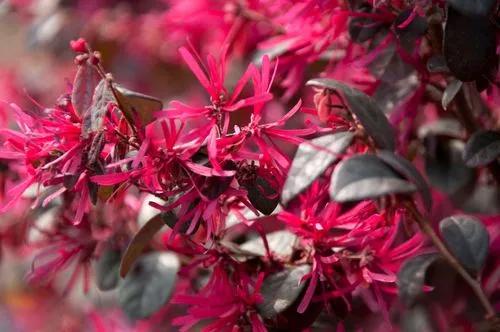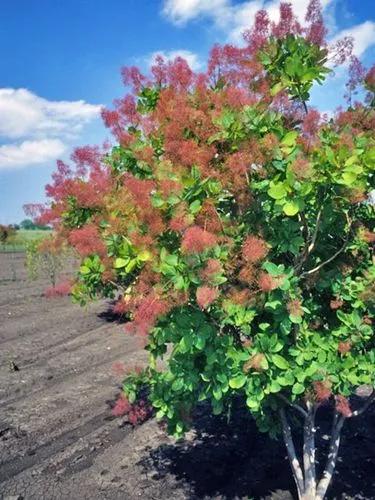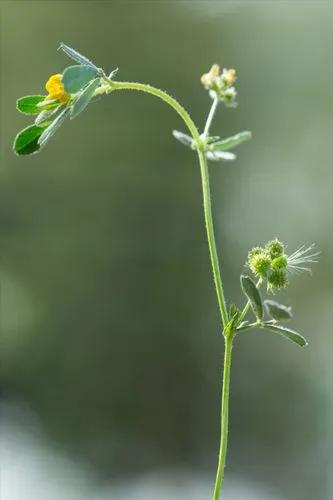Anthurium plowmanii is a variable species and may produce leaf blades with widely varying forms. Named in honor of botanist Timothy Plowman (1944-1989). Anthurium plowmanii ranges from western and northern Brazil into Peru, Bolivia and Paraguay. Unlike most rainforest plants, Anthurium plowmanii can grow in extremely dry conditions and is often the only evergreen plant in some jungle areas during the dry season. This makes it a great indoor plant where air humidity is low.
Anthurium Ruffles Care
Anthurium Ruffles



How to Care for the Plant

Water

Your Anthurium prefers bright indirect light. Direct sun may burn the leaves. Water when the top 50-75% of the soil is dry. Water until liquid flows through the drainage hole at the bottom of the pot and discard any water that has accumulated in the saucer.

Pruning

Begin by removing any brown or yellow leaves. If they don't come away easily, you can trim them off with your secateurs. The best way to remove faded flowers is to snip off their stem at the base of the plant. This keeps the plant from investing its energy in seed production instead of a beautiful new flower.

Fertilizer

You should fertilize your Anthurium hookeri plant once a month while it's still growing.

Soil

You can grow Anthurium Plowmanii in a wide range of soils or no soil at all.

Temperature

Use a pebble tray or a humidifier during the winter months when the air is dry. Your Anthurium prefers temperatures between 65-80 degrees during the day and no cooler than 60 degrees at night.

Additional

Anthurium are toxic to pets and humans. Typically, ingestion will cause mouth and skin irritation, stomach pain and irritation with possible vomiting.

Popularity

129 people already have this plant 23 people have added this plant to their wishlists
Discover more plants with the list below
Popular articles






